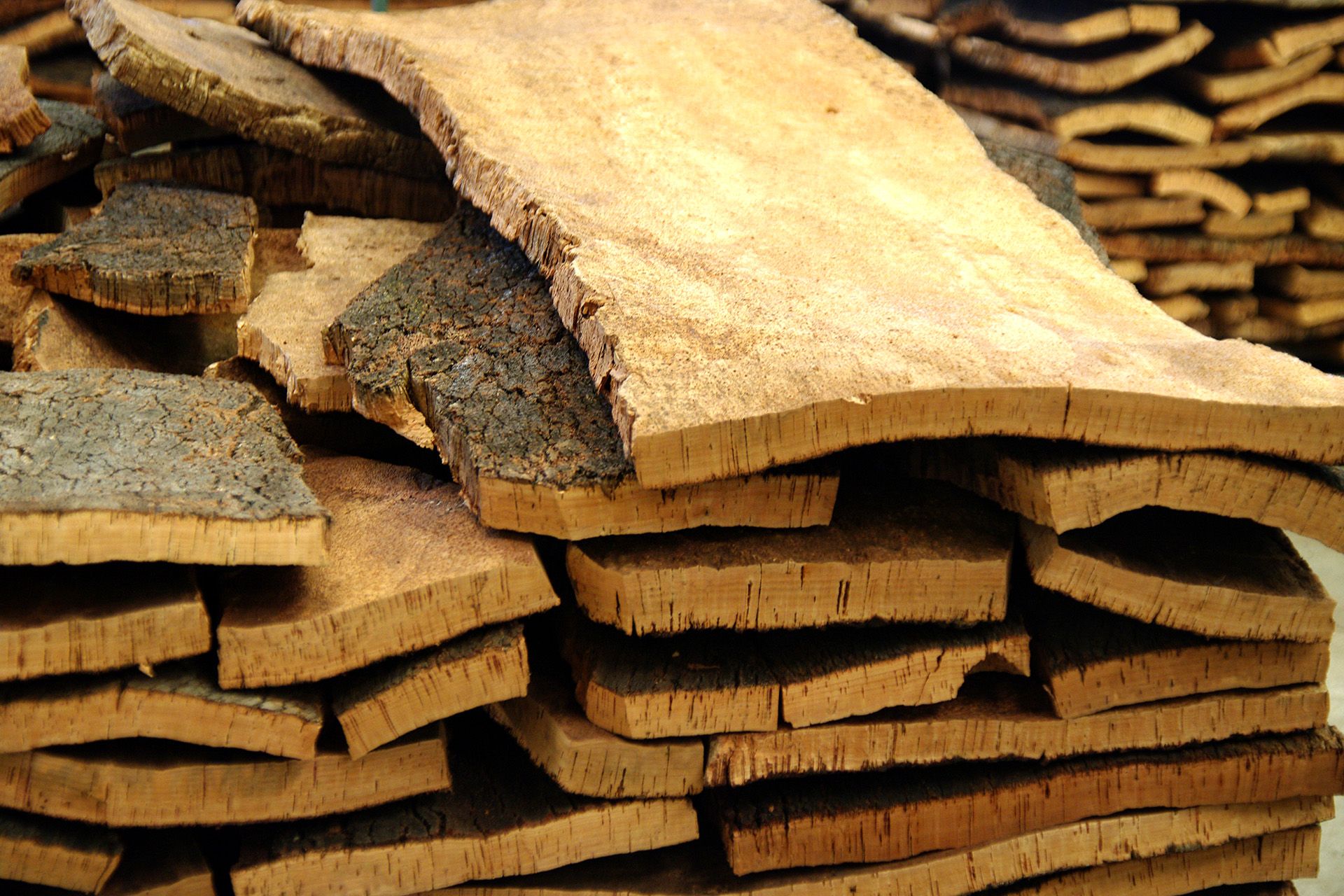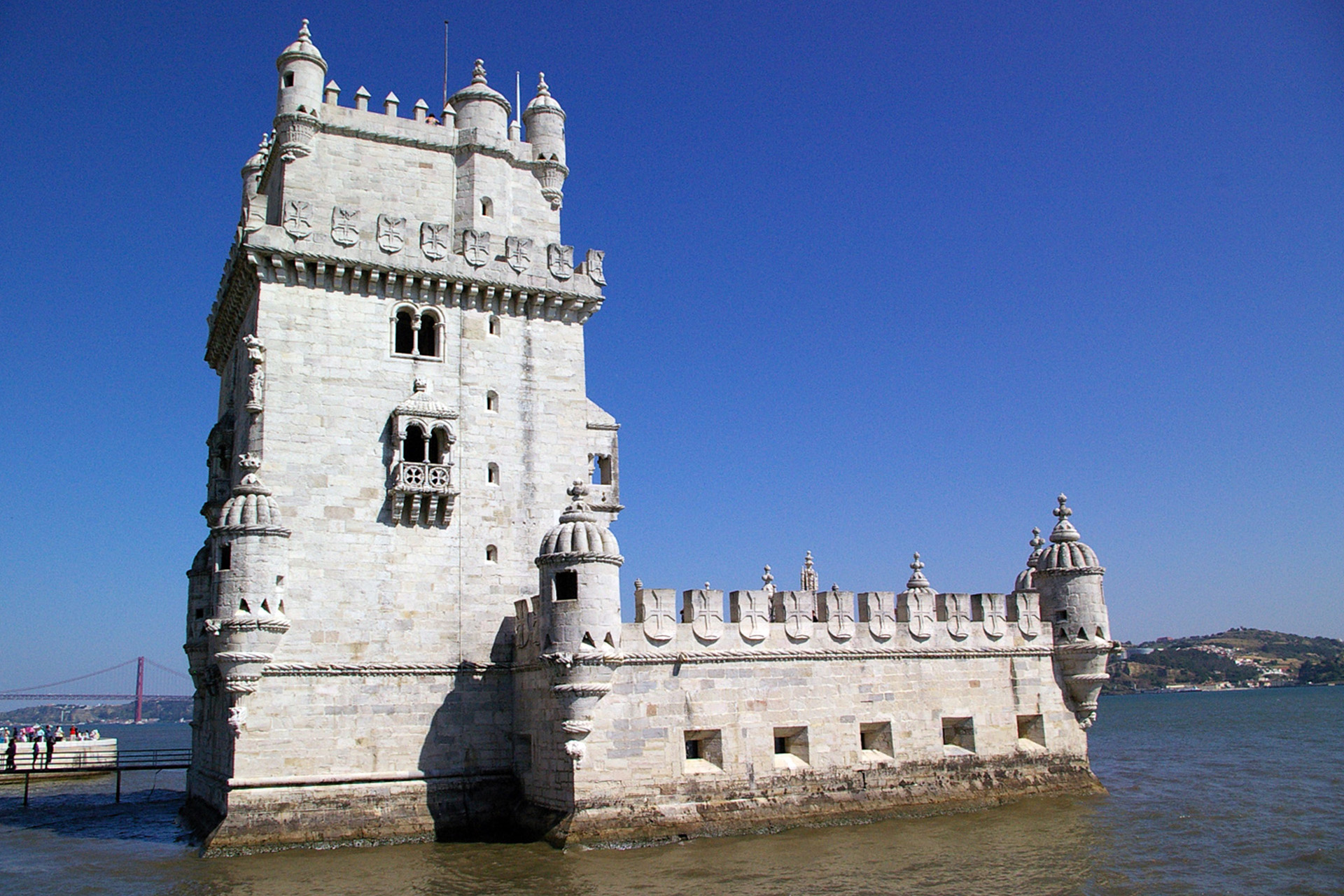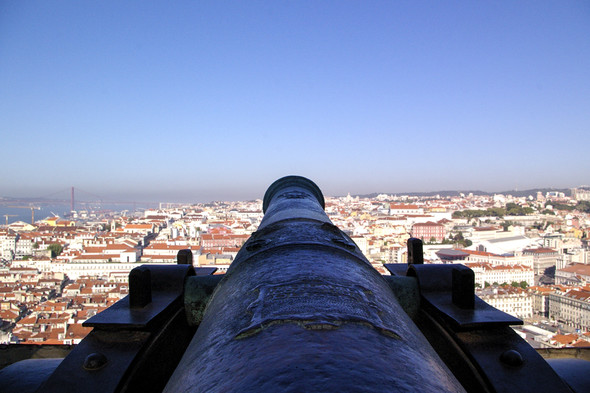Lisbon, the capital of Portugal and one of the oldest cities in the world, predating Rome, London and Paris, watches over the Tejo estuary from its ancient hills, hemmed in by three wine regions. North of Lisbon and towards the Atlantic is Estramadura, across the Tejo is the Setúbal peninsular and, heading inland, towards Spain, straddling the Tejo is Alentejo.
Viticulture has a long history in the area, introduced to the region by the Phoenicians, Carthaginians, Greeks and Romans. The Romans did much to expand and promote viticulture in the province of Lusitana, the area south of the Douro, exporting wine throughout the Empire as well as consuming it locally. Under Moorish rule between the 8th and 12th centuries, wine production was limited for religious reasons. Following the ‘Reconquista’, new grape varieties were added to the ancient ones; French varieties imported from Burgundy, Henry the Navigator later bringing Moscatel and Malvasia from Crete.
Alentejo, an area of vast vineyards and rolling plains, stretching to the granite hills bordering Spain, the sun beating down in the summer, sometimes reaching up to 40°C. The most sparsely populated region in the country, heavily reliant on agriculture, livestock and forestry. The landscape is dominated by grazing sheep, native cork oaks, oaks, olive groves and vines. Travelling through the region, you notice the cork oaks, some up to 200 years old, with their trunks stripped of bark. Half the world’s cork comes from here. The cork is harvested in the middle of the summer using locally hand-made axes. The bark of a mature tree can produce around 4000 corks, the only tree where you can remove the bark without killing it. Cork can only be harvested from an individual tree every nine years. In addition to wine and cork, the region also produces traditional cheeses, smoked ham and sausages.

Cut off behind Spain, the region’s USP is the preservation of native varieties with tongue-twisting names, such as Aragones, Perequita, Tinta Caiada, Trincadeira and Alicante Bouschet (red), and Antăo Vaz, Arinto and Fernăo Pires (white). Cooperatives dominate, until the 90s producing oceans of wine for the local undemanding market. However, financial assistance from the EU has enabled the region to develop and small, innovative producers, such as Esparăo and Cortes de Cima, are now emerging with new wines; Syrah is also gaining ground.
The peninsular of Setúbal is particularly well-known for its luscious, headily aromatic, lightly fortified wines made from Moscatel Roxo and Moscatel de Setúbal.
Across the Tejo, lies Estremadura, also known as Oeste (West). Historically famous for three wines: Bucelas, a crisp lemony wine produced from Arinto, Colares on the Atlantic coast, where ungrafted vines cling onto the sandy cliff tops, and Carcavelos, producing a luscious amber wine, all but lost due to property development. Few people have heard of this region. In the past, much of its wine was exported to northern France to beef up their pale reds. Otherwise, the wine was drunk locally or distilled into spirit to fortify Port. Most of the wine is still Vinho Regional or Vinho de Mesa, but EU support is helping to modernise the area, and some small, family ‘quintas’, such as Quinta Sant’Ana, Quinta de Chocapalha and Quinta do Monte d’Oiro are crafting increasingly interesting wines from both local and international varieties.
The capital of Alentejo, Evora, is worth a visit. The UNESCO world heritage site, with its well-preserved old town centre, picturesque labyrinth of narrow streets and many monuments from its rich artistic and cultural heritage, flourished during the Middle Ages, a major centre for humanities, attracting artists, composers and painters alike. At one time, it had the largest slave population in Portugal. The town still boasts an eclectic range of building styles from Romanesque, through Manueline, to Baroque; you can also see the remains of the mediaeval walls and a Roman theatre. However, be prepared for heat extremes if you visit in the summer – its all-time record was 46°C!
Sintra, up in the Estremadura hills, the summer residence of the Portuguese kings and the Moorish rulers before them, is a picturesque small town, whose cool, wooded heights are home to one of Portugal’s most extraordinary palaces, the Palácio Nacional, a Moorish castle and numerous lavish private estates.
The jewel of the region, however, has to be Lisbon, perched on a series of hills, overlooking the wide expanse of the Tagus. The city has a long history, dating back to 1200 BC under Phoenician influence, the sheltered harbour provided an ideal spot for settlement, developing into a centre for commercial trade; Julius Caesar named it “Felicitas Julia’, in addition to its name Olissipo. It was famous for its ‘garum’, the fish sauce loved by the Roman elite, and exported to Rome in amphorae. Then overrun by the Barbarians, ruled by the Moors, who respected its diverse population, it became capital of Portuguese territory in 1255. Portuguese expeditions during the Age of Discovery left from here. The sixteenth century saw its Golden Age, with riches coming from spice, slaves, sugar and textiles. The exuberant Bélem Tower and Jéronimos Monastery were built at this time.

However, on 1 November 1755, disaster struck; an earthquake devastated the city, killing 30-40,000 residents and destroying 85% of its buildings. The elegant, planned 18th century city centre is a result of this catastrophe, rebuilt according to principles of modern urban design, one of the first examples of earthquake resistant construction.
The oldest district, squeezed between the Castle of Săo Jorge and the Tagus, is a poor neighbourhood with a maze of narrow streets. Fado, the haunting, melancholy Portuguese style of music can be heard in the bars here: tourist traps for the most part, but try the Tasca do Chico.
Ancient yellow trams twist along the narrow streets, clanging their bells to alert inattentive pedestrians, some climbing the steep slopes like a funicular.
Lisboans love to eat - seafood, ice cream, cakes and pasties, pork, bacalhau (salt cod) … They love spices – piri piri, black pepper, cinnamon and saffron. Cakes abound in the numerous confeiteria in the city, made with generous helpings of egg yolk – it’s said that the nuns used the egg whites to starch their habits and then made a bit of extra income by producing cakes from the yolks. Try the ‘pastéis de nata’, rich eggy custard tarts with blistered tops, dusted with cinnamon, and the ‘bola de Belem’, doughnuts filled with an egg yolk-based cream, along with your ‘bica’, the local version of espresso, at the Confeiteria Nacional or Pasteis de Belem. Dessert, following a massive seafood lunch at the Cervejaria Ramiro, including goose barnacles, whose Portuguese nickname is rather rude, is ‘prego’, a steak sandwich! Eat tinned fish, a staple of Lisbon, in a fishing tackle shop turned bar, Sol e Pesca. Eat, well, almost anything, at the food stands in the Mercado da Ribeira. Try the steak in butter and wine sauce, topped with a fried egg for extra cholesterol at Cervejaria Ribadouro. Enjoy a meal from award-winning chef Andre Magalhaes at Taberna da Rua das Flores. Stroll along the mosaic-tiled pavements of Chiado with an ice cream from Santini, but be careful, they’re slippery when wet. Enjoy a glass, or two, of wine at Garrafeira Alfaia or José da Fonseca’s By the Wine. And if you can manage anything else, on the way back to the hotel, knock back a quick Ginja, a local sour cherry liqueur served with a cherry in the glass, from one of the tiny open fronted Ginja shops.
Sleep in the centre at a Brown’s hotel or overlooking the city at Santiago de Alfama Boutique Hotel. And relax with a book from José Saramago, José Luis Peixoto or Antonío Lobo Antunes, three acclaimed contemporary writers, with some fado playing in the background, perhaps a little Misia, Mariza or Amália Rodrigues.






